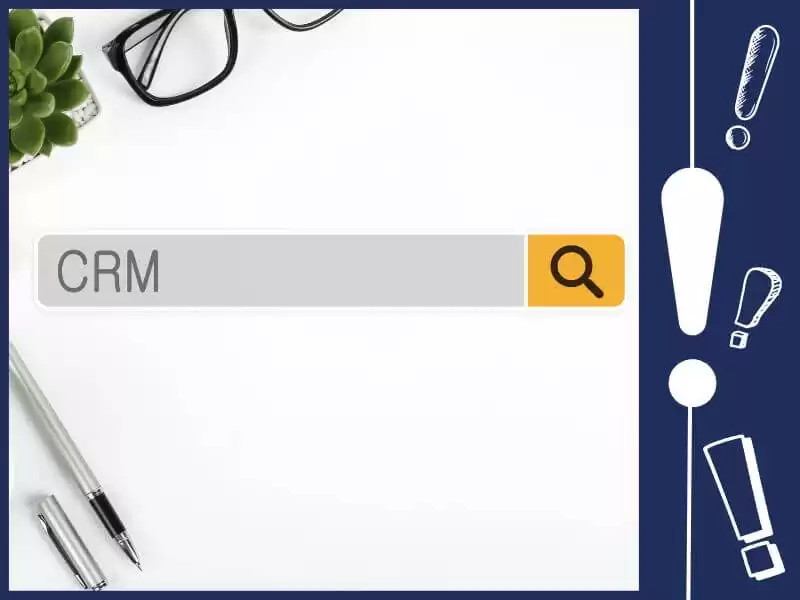
How can CEOs and entrepreneurs transform their business through digital strategies? Why do so many companies fail to fuel their growth? Do you have the right tools for success? Andreja Fazlić gives us the answers to these and other questions in the third season of her column.
The new third season of my column for čarter.hr is just starting.
Last season, I focused on presenting and demystifying digital transformation and the revenue flywheel. I intend to continue to write about this; however, for some time now, a question as a topic has been bothering me. This is - why so many companies still fail to optimise their operations and drive growth.
This topic opens up many aspects of consideration. It provides deep insight into the fundamental challenges CEOs and entrepreneurs are facing in modern business. Through my professional experience, which includes working with numerous owners and directors of small and medium-sized companies, I have the opportunity to witness on a daily basis how digital technologies can revolutionise a business.
Although digital transformation offers numerous advantages, the path is filled with challenges and pitfalls. In this context, I also witness the fact that many managers are not aware of the obstacles that stand in the way of growth.
To make sure you are ready for that journey and better prepare for it, I suggest you consider the following questions:
Do you stand out from the crowd?
Among other things, your company's success depends on the way and how much it stands out from the competition.
It's essential to have a clearly defined and unique offer (Unique Selling Proposition - USP) that attracts customers and puts you one step ahead of the rest.
This can be an inspiring brand story, an innovative product, an exceptional service, a unique customer experience or any other characteristic that makes you memorable in the eyes of your customers.

Do you know how to set goals?
Setting realistic and achievable revenue goals is vital in managing and measuring business success.
These goals should be based on an objective analysis of the market, your capacities and historical results.
In doing so, it is crucial to think not only about increasing revenue but also about strategies for retaining and increasing the value of existing customers.
How much money do you need to achieve your goals?
Your financial plan to generate income should be aligned with your goals.
This means you need to invest enough resources in key aspects of the business, such as marketing, sales and customer support, to earn as much as you have planned.
Investment in these areas should be strategic and targeted, focusing on activities that will bring the highest return on investment.
Do you evaluate what you do?
Regularly monitoring key performance indicators, such as website traffic, number of leads and sales closing rate, allows you to understand how your current strategies work.
This is the basis for identifying areas where you can improve efficiency and increase revenues.
Do you know how your customer buys?
Developing a transparent, efficient and optimised sales process is key to converting potential customers into actual customers.
This includes everything from the first contact to closing the sale and requires continuous evaluation and adjustments to stay relevant and competitive.

Do you have the right tools for success?
Choosing the right tools to support your marketing, sales, and customer activities can significantly impact achieving your goals.
This includes customer relationship management (CRM) tools, marketing automation, analytics tools and other technology resources that will optimise your business processes and improve your customers' experience.
Understanding and answering these questions can quickly reveal whether you are ready to lead your organisation to success through digital transformation and building a revenue flywheel.
Digital transformation offers exceptional opportunities for innovation and growth in business.
However, it is more than just a technological change; it requires visionary leadership, strategic planning, a culture that embraces change, development of digital skills, agility in planning and execution, integration of technology with business strategies, customer focus, effective change management and data-driven decision-making.
Categories of trends
- News
- Sale
- Marketing
- SEO
- Web design
- Social media
- Technology
- Regulations
- Management
- Education
- Finances
- User experience
Newsletter
Sign up for the newsletter and receive the latest trends and tips straight to your inbox




